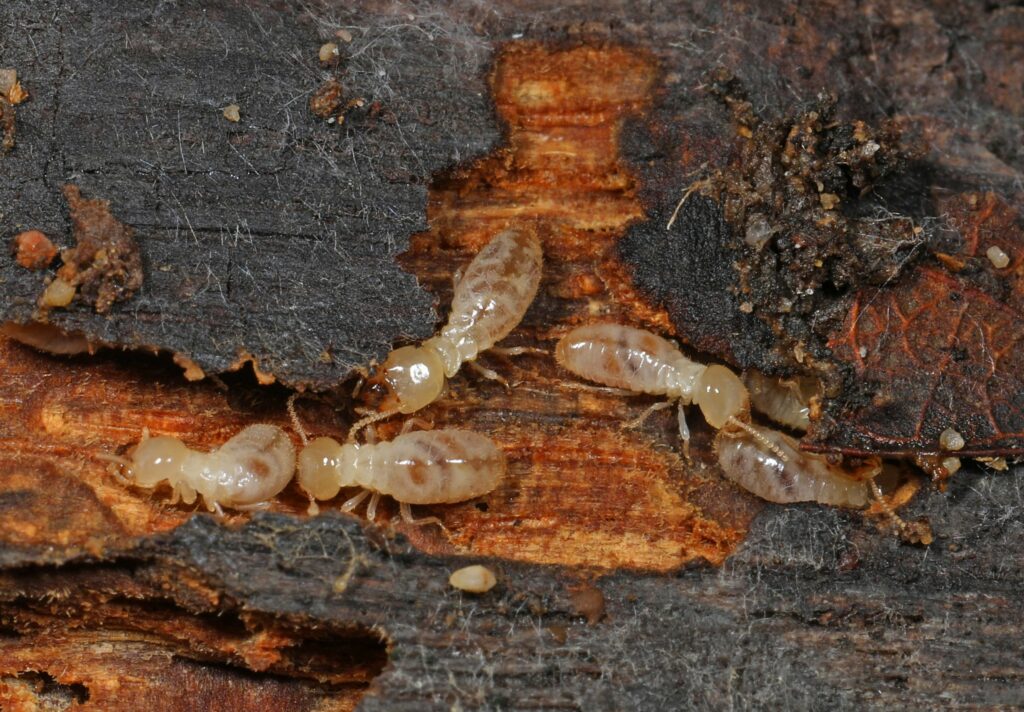Three new species of termites have been discovered in Belgium. Scientists warn that some of these invasive populations are more likely to spread than others.
Termites are small, soft-bodied insects that often go unnoticed until they cause significant damage. A termite invasion of human environments can cause widespread structural damage due to the insect's ability to break down wood. They eat wood from inside out, which helps to breakdown dead matter in forests, but poses considerable threats to buildings, furniture and other human infrastructure.
In Europe, termites are typically discovered in warmer climates such as Spain, Portugal, Italy and Southern France. Termite colonies are made up of millions of individual insects who build up complex networks and nest inside walls, under floors and underground.
How did they come to Belgium?
In 2020, the Barcoding Facility for Organisms and Tissues of Policy Concern (Bopco) was notified of two unusual infestations in two separate homes in Uccle, when both families were unable to recognise the airborne insects. Bopco subsequently identified them as 'powderpost' termites. A separate species, Reticulitermes banyulensis, was identified elsewhere in the Brussels-Capital Region in 2021.
"Both infestations likely resulted from importing infested wood (furniture, building materials, souvenirs) from tropical areas," according to the Institute of Natural Sciences.
While these species are unlikely to thrive in the Belgian climate, a third species identified in the Walloon province Hainaut in 2021 is considerably more likely to propagate. Reticulitermes flavipes originates from the east and is more adapted to cooler temperatures.
In light of these discoveries, the Institute of Natural Sciences underlines the importance of continuing to monitor termite presence in Belgium in order to mitigate any undesirable effects of their spread.

